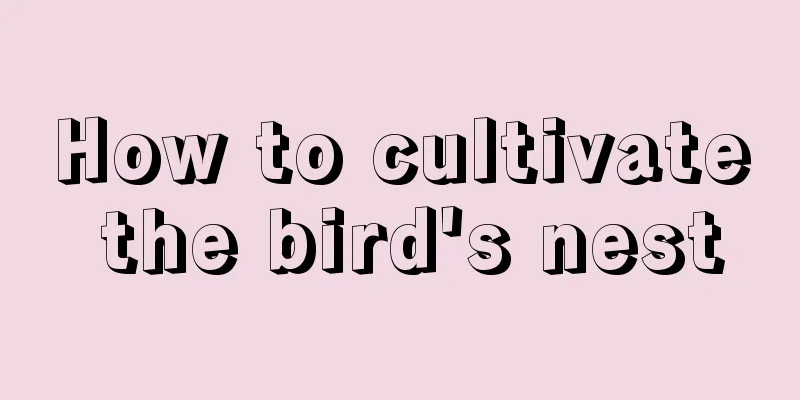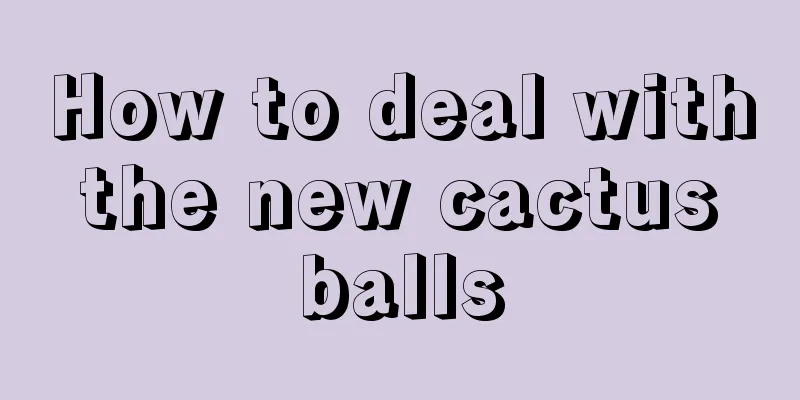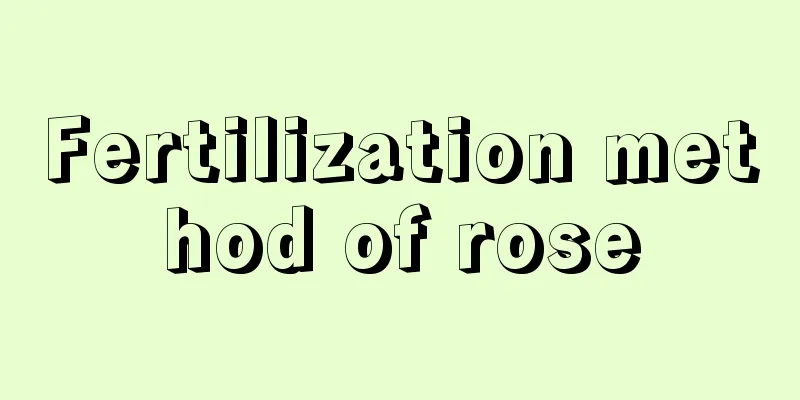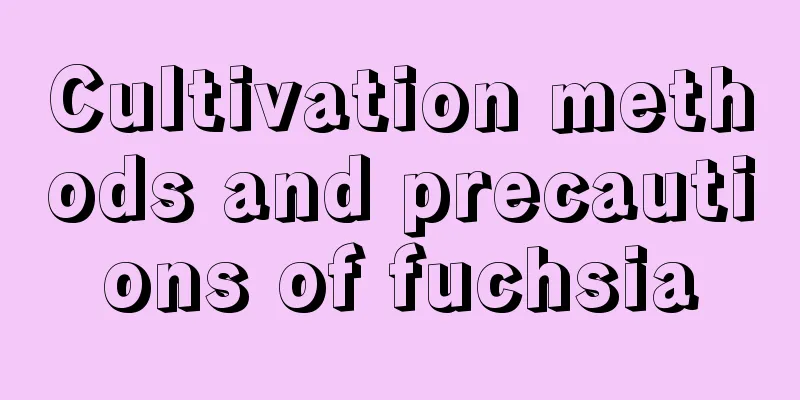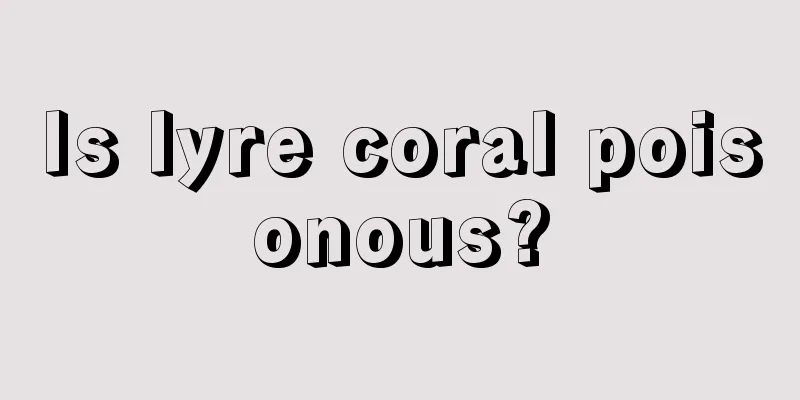Canna Pests and Control Methods
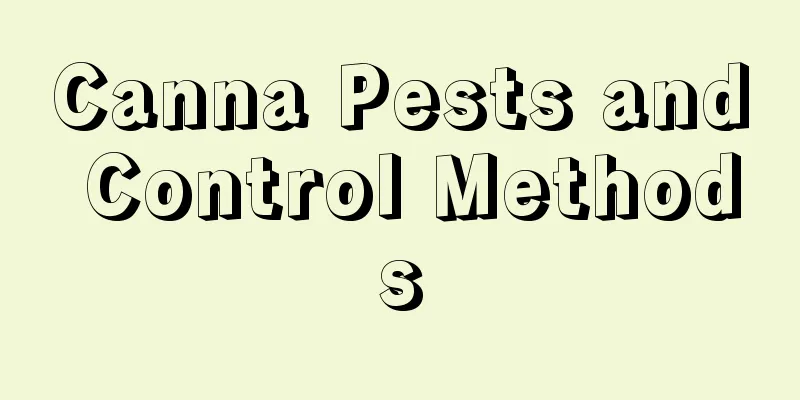
Canna Pests: Leaf RollerssymptomIn summer and autumn, the larvae spin silk to wrap the leaves into rolled or folded leaves. The larvae hide in the leaves and chew the leaf flesh, leaving the veins and upper epidermis, forming a transparent gray-brown film, which then breaks into holes, called "opening a skylight". Although canna is highly adaptable, we must pay attention to the invasion of leaf rollers on canna from May to August every year to avoid damaging the tender leaves and inflorescences. Prevention and treatment methodsIn autumn and winter, overwintering larvae on fallen leaves, in cracks or near buildings should be killed in time. In summer, newly hatched larvae should be killed in time, and the affected leaves should be removed when necessary. You can spray 800 times diluted 50% DDT or 1000 times diluted 50% carbendazim emulsifiable concentrate for prevention and control. Canna pests: banana budwormsymptomThe adult banana budworm will lay eggs on the leaves, tender stems and petioles of canna. When the larvae hatch, they will crawl to the edge of the leaves and bite the leaves. The banana budworm will also spin silk to stick the leaves into a roll shape. In the morning and evening, they will crawl onto the outside of the roll and bite nearby leaves. Plants that are severely infested by banana bract borers will have a large number of leaf bracts and incomplete leaves, which seriously affect the growth and ornamental effect of cannas. Prevention and treatment methodsWhen you find leaves infested by banana bract borers, remove the bracts in time and kill the larvae. Before the larvae hatch and form leaf bracts, kill them with 1000 times diluted 90% dichlorodiphenyltrichloroethane, or spray with 1000 times diluted dichlorodiphenyltrichloroethane in the morning or evening. Canna Pests: CutwormssymptomCutworms are polyphagous pests. The main harm to canna is the larvae, which bite off the stems of the seedlings near the ground, causing the death of the entire plant. Prevention and treatment methodsWhen cutworms are found to be harming canna plants, they can be captured manually or 600-800 times diluted dichlorodiphenyltrichloroethane can be injected into the soil around the roots for prevention and control. |
<<: Common diseases and pests of February orchid and their control methods
>>: Diseases and Pests of Peony and Their Control
Recommend
Can blueberries be grown in pots?
Can blueberries be grown in pots? Blueberries can...
Is there any relationship between wheat insurance and wheat subsidies (do I have to pay insurance to receive subsidies)?
The relationship between wheat insurance and whea...
Does the yellowing and falling of money tree leaves indicate lack of water or too much water?
Keeping green plants at home has become a popular...
How to propagate Jade Butterfly Succulent and how to make it bloom easily
1. How to propagate Jade Butterfly Succulent 1. L...
Will Clematis freeze to death during the winter?
1. Will I freeze to death? Although it is cold-re...
How to wash strawberries
1. Clean with running water Strawberries are easi...
Can sugar apple seeds be planted?
Can Custard Apple Seeds be Planted? The seeds of ...
The propagation technique of Jianlan
Introduction to Jianlan Jianlan, also known as Fo...
How to plant the star beauty through leaf cuttings
time The star beauty can be grown all year round ...
Is chrysanthemum easy to grow?
1. Is it easy to raise? It is not difficult to gr...
How to breed the Oriole
Seed propagation It is mainly cultivated by polli...
What should I do if my roses are infested with bugs?
1. Rose Sawfly Damage: Rose stem sawfly is a pest...
What kind of clematis is suitable for beginners to grow?
1. What kind of breed is suitable for beginners? ...
When is the right time to repot camellia? What should be paid attention to in the maintenance of potted camellia after repotting?
When you just buy a camellia and repot it, you sh...
Cultivation methods and precautions of Mirabilis jalapa
Growth environment Growth habit Mirabilis jalapa ...
